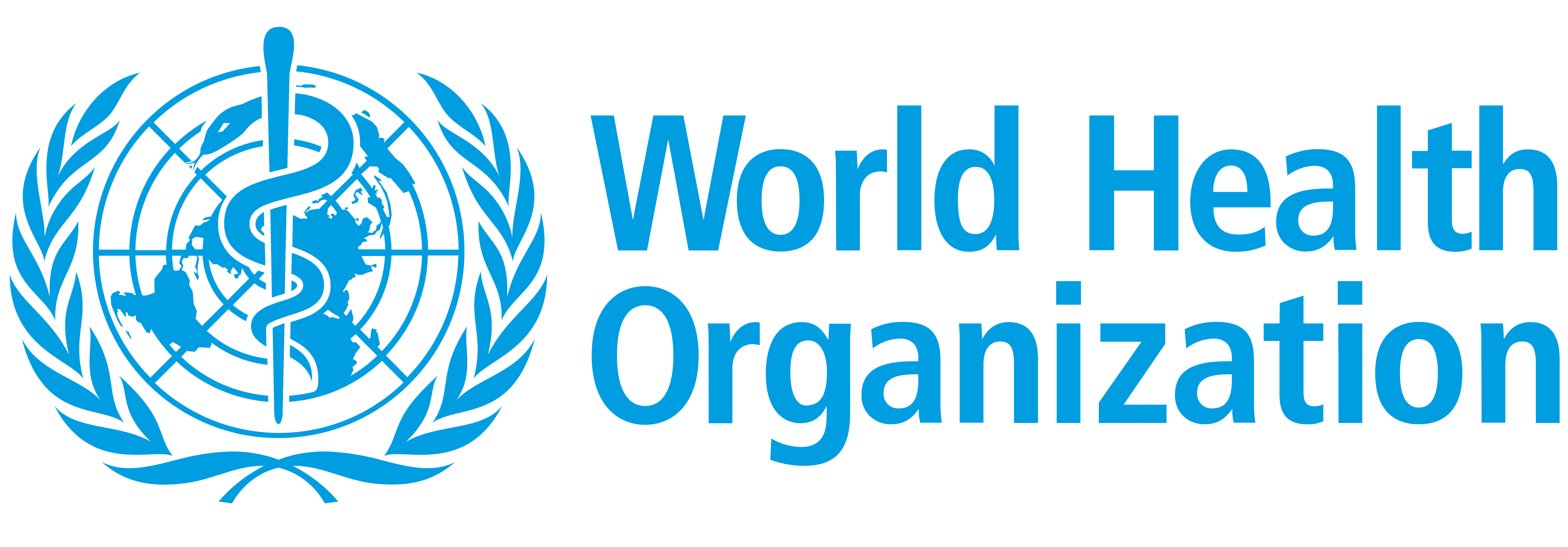
Country | Successes | Barriers |
|---|---|---|
Australia | ||
Brunei Darussalam | ||
Cambodia | ||
China | Standardization of specimen collection, identification, laboratory testing and reporting | |
Cook Islands | ||
French Polynesia | ||
Japan | ||
Kiribati | ||
Lao People's Democratic Republic | ||
Malaysia | Availability of vector surveillance teams | Shortage of human resources |
Nauru | ||
Papua New Guinea | Resource support ; knowledge and information. | There is no to very limited capacity building. |
Philippines | Centralized procurement of commodities ensure that all regions are provided with vector control | Not all regions conduct the same vector surveillance measures |
Singapore | Source reduction strategy is effective in mitigating transmission and effective coordination among stakeholders to tackle dengue | The year-round warm and humid climate, and the increased urbanisation of the country provides a conducive environment for the breeding of the Aedes mosquitoes, pose challenges in keeping the Aedes mosquito population low. |
Vanuatu | Guidelines, protocols, resources, equipment, supplies, finances, human resources available | A lack of all of the items listed under “successes”. |
Viet Nam | System from central to local | Lack of experienced and skilled staff, very limited funding or no money |